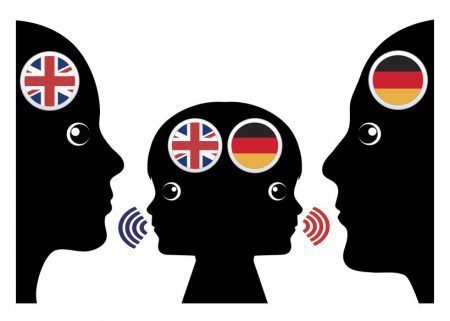
How a Good Translator Goes About Perfecting the Craft of Translation
by Jim Dulin
When you’re translating something from one language into another, it’s necessary to be conversant in both languages. Of course, it’s impossible for a person to speak two languages with the same exact degree of fluency. There are always going to be some differences in the way they speak, read and write the two. For example, a person may be more comfortable speaking a certain language than reading and writing it, but they may be more comfortable with reading and writing another language rather than speaking it. For someone to be an effective translator, a written understanding of both languages is necessary. Here are some more characteristics of good translators:
- They try to understand the gist of things. A good translator isn’t just one who understands the meanings of various words. Of course, the meanings of individual words are important but it’s more important to understand the overall meaning of a sentence or a paragraph and convey it to the reader who will be reading the translation.
- They understand the difference between writing and speaking. When you’re speaking in a certain language, your speech is likely to be more casual. You may repeat things and you may not pay close attention to the rules of grammar. However, things are different when you’re writing where you have to form sentences correctly and follow the rules of grammar more closely.
- They are not biased in favor of any one language. Most of us walk around with a bias in favor of our first language and we may feel a bit impatient when we can’t understand something which is in our second language (assuming we have one). But a good translator is one who understands and respects the differences between languages. S/he treats translation as a craft which it is up to him/her to perfect.
Contact us to learn more about the characteristics of a good translator.
Related Articles
Why Hyper-Localization and Personalization Are Defining Global Success
Translating content is no longer the benchmark for going global; it’s the baseline. As businesses expand into new markets, what truly drives growth in 2025 is the ability to connect meaningfully with audiences through hyper-localization and personalization. These strategies are redefining how brands communicate. Hyper-localization adapts your message to reflect not just a language,…
AI-Powered LQA and Human Review: The Smartest Way to Scale Localization
Every multilingual project begins with ambition: the ambition to connect, to scale, and to meet global audiences where they are. But ambition often collides with the reality of manual language review processes that strain valuable resources. This friction delays launches and diminishes the agility brands need to thrive internationally. The answer is not replacing people…
Connecting Through Language: Why Global Brands Are Investing in Multilingual Video
In today’s digital world, attention is the most valuable currency—and it’s increasingly multilingual. For brands expanding across borders, creating content that resonates globally isn’t just a competitive advantage; it’s a business necessity. Whether you’re onboarding a workforce, educating customers, or entertaining the masses, your audience expects more than a translated script. They expect localized video…
here
for you
We’d love to learn more about your translation and localization needs.